
Spider-Man and the model organism
Like people say in Sweden, “Hej, allihop!” Long time no see. Summer break is over and autumn is here, the temperature has dropped and rain pours almost daily. Last time, I talked about the spiders I am breeding in my lab. Following this post, I want to talk in deep about WHY I work with these animals for the EvoCELL project.
First of all,
Why are spiders both terrifying and fascinating?
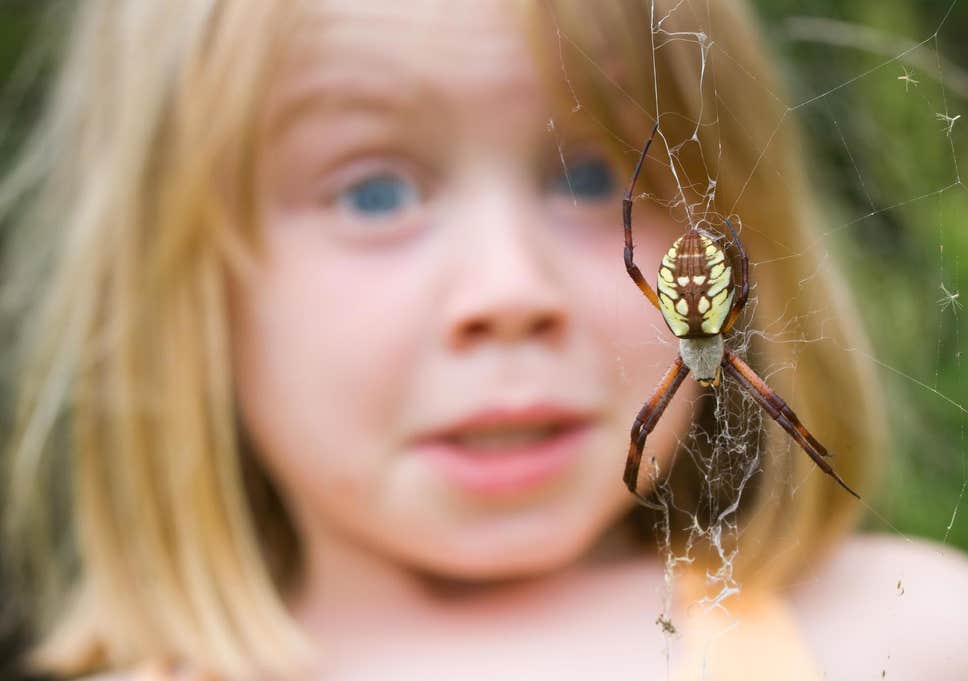 source: bbc.co.uk
source: bbc.co.uk
Most of us have faced an encounter with a spider of some kind at least once in our lives. We often react by giving a step back, running and/ or screaming in fear, worst cases have people fainting due to their arachnofobia.
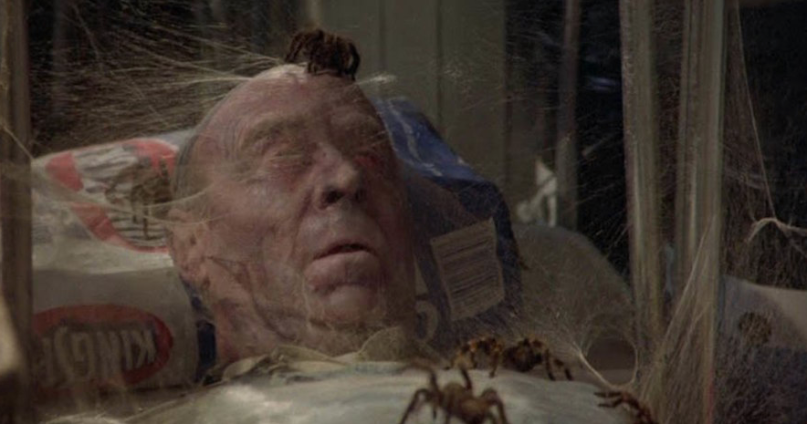 Still from Frank Marshall’s Arachnofobia (1990), source: consequenceofsound
Still from Frank Marshall’s Arachnofobia (1990), source: consequenceofsound
But despite the repulsive factor, much has been discovered about the spider’s incredible abilities. To the point, comic book writers have adapted these abilities as super-powers possessed by a human, the famous Spider-Man. Hollywood has adapted (unnecessarily too many times, I might say) the superhero’s powers on the big screen. The so-called “spider sense” and Spider-Man’s ability to make webs out of silk to climb the tallest skyscraper in New York City are the most relevant.
 Still from Sam Raimi’s Spider-Man (2002), source: variety
Still from Sam Raimi’s Spider-Man (2002), source: variety
But what other hidden powers do spiders possess?
In biology, one spider, in particular, has become a powerful model organism.
What is a model organism?
A non-human species that is used to understand biological processes. It must be easy to breed and maintain in a laboratory.
Some examples:
- Yeast (Saccharomyces cerevisiae)
 source: fineartamerica
source: fineartamerica
- Fruit fly (Drosophila melanogaster)
 source: yourgenome
source: yourgenome
- Nematode worm (Caenorhabditis elegans)
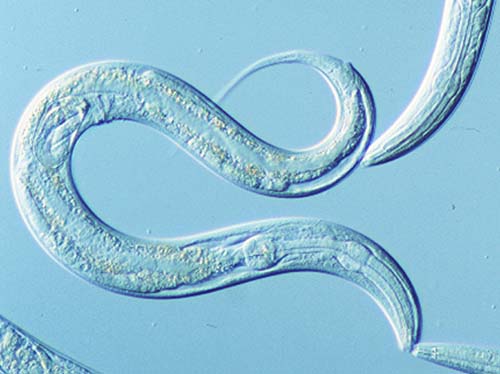 source: socmucimm
source: socmucimm
- Western clawed frog (Xenopus tropicalis)
 source: tropical fish keeping
source: tropical fish keeping
- Mouse (Mus musculus)
 source: elifesciences
source: elifesciences
- Zebrafish (Danio rerio)
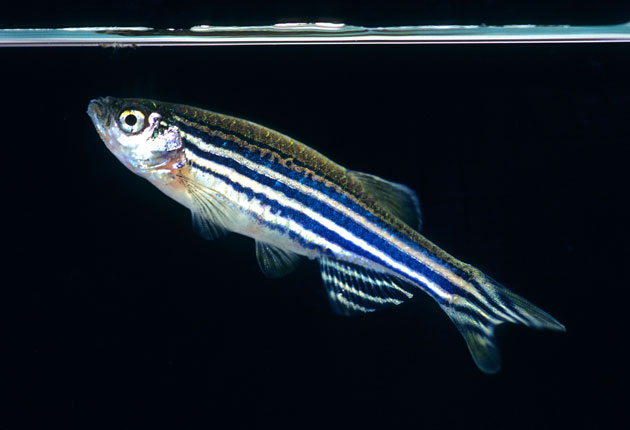 source: socmucimm
source: socmucimm
The common house spider Parasteatoda tepidariorum as a model for Evolutionary Developmental Biology (Evo-Devo)
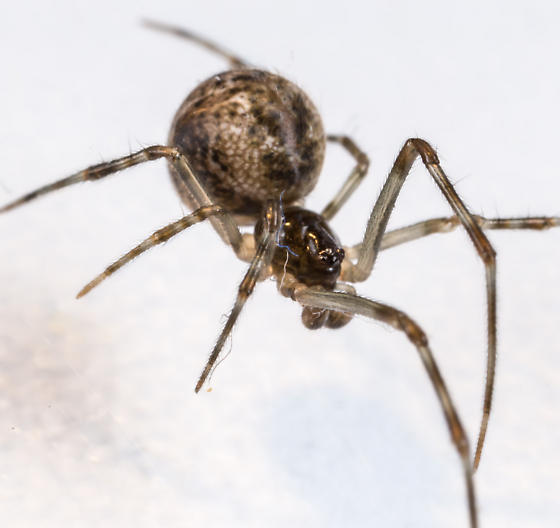 source: bugguide
source: bugguide
This spider is native to South America, but now can be found all around the World.
It is synanthropic, which means that lives near and benefits from humans.
It hides in cobwebs in undisturbed areas.
It’s easy to breed and studying its embryology can help unravel secrets about the evolution of arthropods.
 Life cycle and morphology, source: devbiologists.org
Life cycle and morphology, source: devbiologists.org
“Females lay up to 400 embryos in silken egg sacs (cocoons) about every 5 days all year around under laboratory conditions.”
Because the eggs are fertilized in a very short amount of time (about 3 minutes), they develop at the same time within one cocoon. This is very convenient when we want to study their developmental process. We can take a few and be sure all are the same age (same stage of development).
Their developmental process lasts approximately 8 days, then 12 weeks more for the spiderlings to become adults after several molts (shedding their exoskeleton) at 25 °C.
We can fix and use all the embryos at whichever stage for molecular biology experiments such as in situ hybridization to study mRNA, and antibody staining to study protein expression.
We can study what is the function of many interesting genes in this spider using a technique called RNA interference (RNAi): inject double-stranded RNA (normally RNA only has one strand) into adult females, or a single cell of an early-stage embryo. This way we can obtain cells with the function of a certain gene blocked.
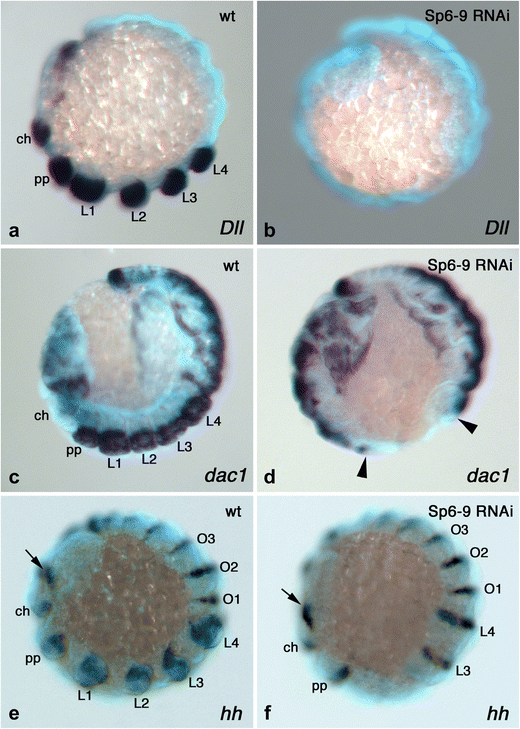 RNAi experiments in P. tepidariorum embryos, source:
RNAi experiments in P. tepidariorum embryos, source:
We now have the whole genome of this spider to understand better the complex genetic regulation of its development, which is really, really awesome!
I will explain more about molecular biology techniques such as in situ hybridization and rna interference in my next post!
Hej då!
References:
https://www.springer.com/gp/book/9783709118641
Blue Velvet, the fluffy predator
What’s up, everybody! On today’s post, I will talk a bit more about one of the animals I work with for my EvoCELL project titled “The evolution of Panarthropoda from a cell type perspective.”
Who is it?
Euperipatoides kanangrensis
This buddy is a worm, a special kind of worm. People usually call it “velvet worm” because of its velvety blue, water-proof skin. This skin is covered with tiny bumps that are very sensitive to touch and smell. Its little stubby feet have each a hooked claw (the name of its phylum is ONYCHOPHORA, which means claw-bearer), these retractable claws help it hold onto rough surfaces. But don’t let its tender-to-touch, fluffy appearance fool you, this cute looking animal is a DEADLY predator.
What does it eat?
To prevent losing water when it breathes through its skin (kinda like insects do!), the velvet worm hides between moist rotted logs and leaf litter. For this reason, it hunts at night using an infallible, lethal weapon: SLIME. This sticky and transparent substance traps the targeted prey (crickets, woodlice, shrimp-like crustaceans, among other bugs), and then, the velvet worm bites it injecting saliva. The saliva has the role of liquefying the prey for better digestion.
Where does it live?
This blue velvet worm lives only in Australia, mainly in Kanangra-Boyd National Park, New South Wales.
Why this animal?
Now, this little fella is full of juicy little secrets that are hidden in its embryonic development, morphology, and evolutionary history, which is why I chose it as the subject of my project. Velvet worms are closely related to spiders, centipedes, millipedes, crustaceans, insects, etc. However, their body structures have not changed much after 500 million years, and that makes velvet worms like Euperipatoides kanangrensis good models for the last common ancestor to these animals I just mentioned.
Want to know more about it?
You can find more information about velvet worms checking the links below:
Cold yet warm Sweden and my research animals
Hi, Brenda here!
This is my first time in Sweden, and winter is really cold in this part of the World. Nonetheless, I am enjoying my stay because I am surrounded by cool, friendly peers at university, and everyone has been so welcoming and helpful, so I am very grateful for that. Swedish “Fika” (coffee break) culture is very fun, not gonna lie!
Also, I will start learning Swedish next month, and I am so looking forward to that!
For the past three months, I have been conducting my experiments at the Evolutionary Biology Center of Uppsala University. My supervisor and I share a spacious laboratory with researchers who work with zebrafish embryos.
In this short post, I would like to introduce the animals which I am working with for my research. Given that I want to study the evolution and development of panarthropods (spiders, insects, etc), the animals selected are:
- Velvet worms (Euperipatoides kanangrensis)
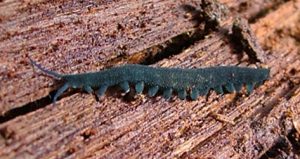
Euperipatoides kanangrensis (photo Wikipedia)
- The common house spider (Parasteatoda tepidariorum)

Parasteatoda tepidariorum (image source: public domain)
- Black pill millipedes (Glomeris marginata)
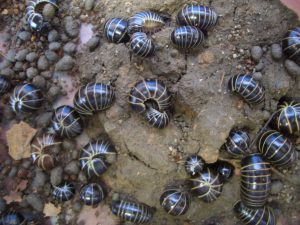
Glomeris marginata (© Ralf Janssen)
- The red flour beetle (Tribolium castaneum)
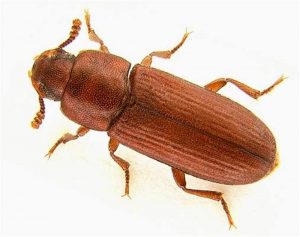
Tribolium castaneum (©Georg Goergen, source: CABI CPC)
In my next post, I will expand more on some fun aspects of their biology and embryo development. So, please, stay tuned!
